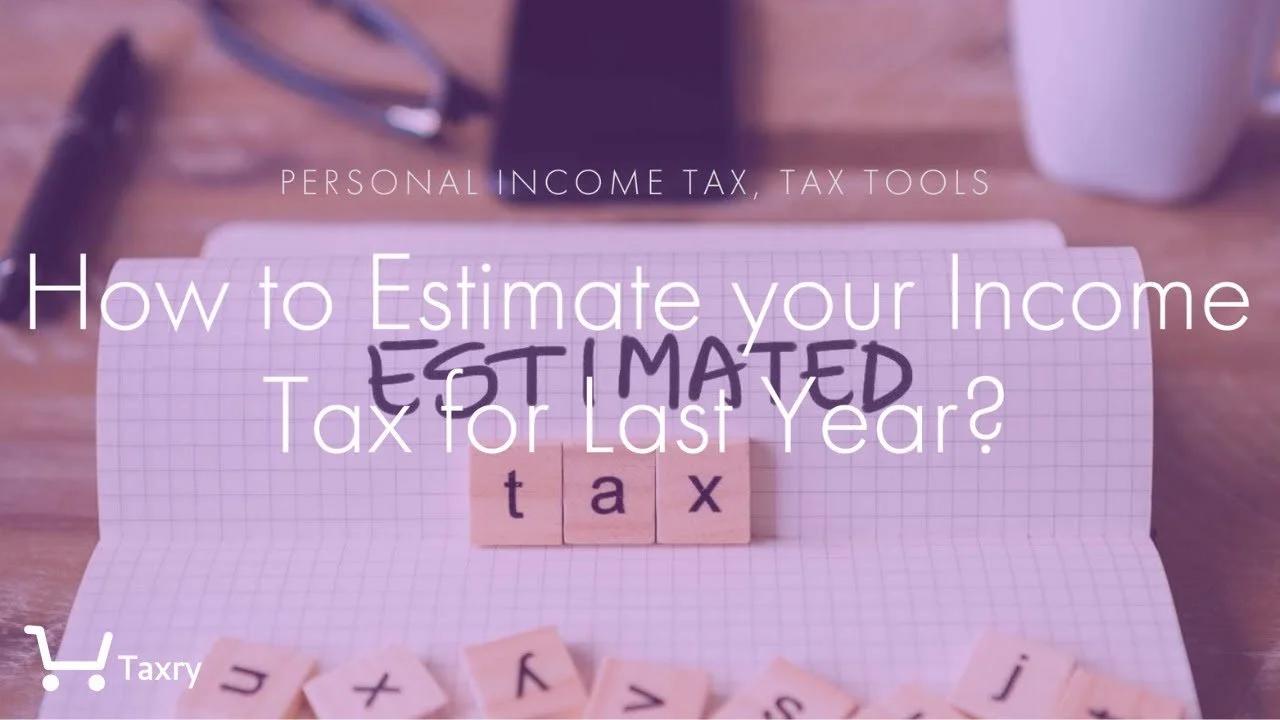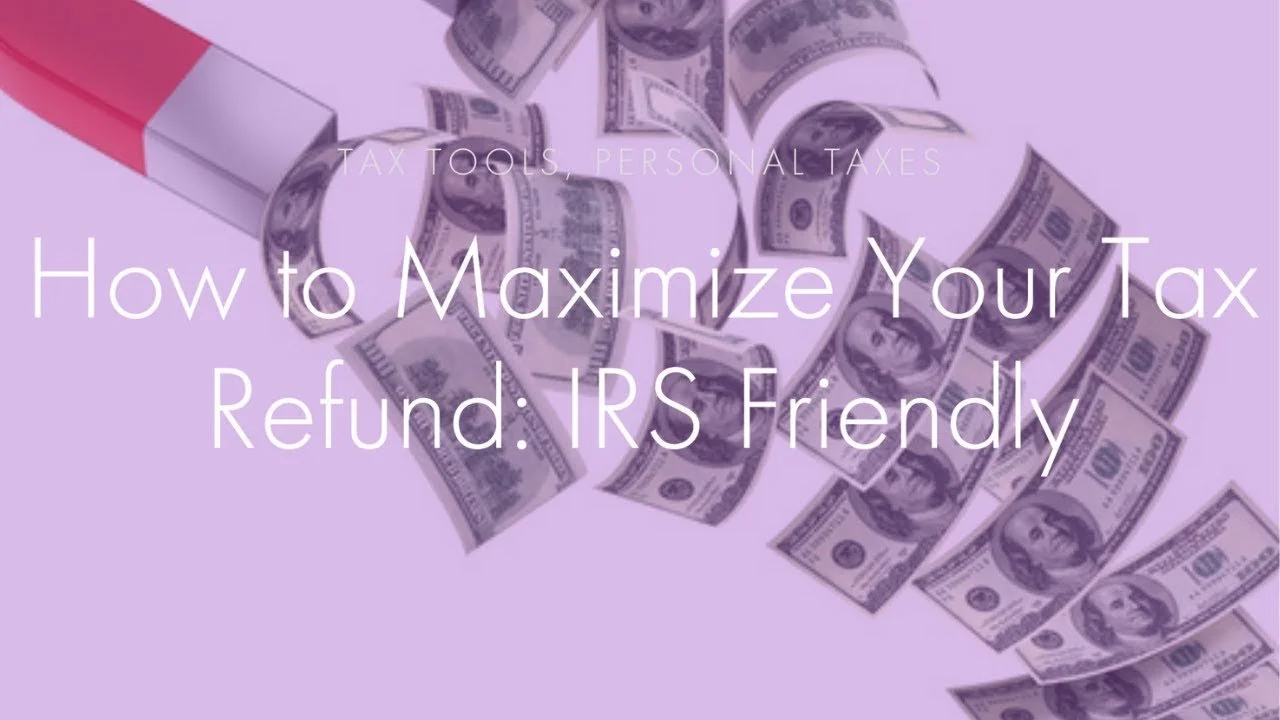How Does An Employer Withhold Tax from An Employee?
Take a look at your next paycheck and you're probably going to notice the taxes withheld. Employers withhold taxes from employees who are paid on what's known as a W-2. If you are an in-house employee and not a contractor, you should have taxes withheld from every paycheck.
You might be curious to know how employees manage withholding tax. Understanding how taxes are withheld can help you when it comes time to file your return. There are numerous types of taxes your employer should withhold. You should know what these types of taxes are.
The following is some important information you should know about how employers withhold taxes.
Automatic Witholdings
One of the most basic things to know about taxes is that employers are required by law to withhold them. Employers have to withhold federal, social security, and Medicare taxes as parts of withholding tax. The only way your employer doesn't have to withhold taxes is if you are an independent contractor.
If you are on the payroll at your company, taxes will be withheld. When an employer withholds taxes, the employer pays employee taxes directly to the government. This means that the employee never has access to that tax money.
Although employees might at first dislike the idea of automatic withholdings, it's actually beneficial. When an employer withholds taxes, employees don't have to worry about setting tax money aside. Taxes are automatically paid so that employees don't have to remember to pay them or budget for them. Without withholdings, employees would have a big tax bill at the end of the year that could be difficult to pay.
Different Taxes Withheld
There are numerous types of tax withheld from an employee's paycheck. Employees might want to understand what these taxes are. The following are all the various taxes withheld from employee paychecks.
Federal taxes
The most significant amount withheld for taxes is the federal tax amount. This amount is withheld and given to the Internal Revenue Service (IRS). The amount of federal tax an employee has to pay is determined by that employee's income. Federal income tax is a percentage of a taxpayer's yearly earnings. The more the taxpayer earns, the higher this percentage is. The federal income tax rate can range from 10 percent to 37 percent.
Social security tax
Social security tax is another tax that is withheld from any employee's paycheck. This tax goes to fund social security programs including social security payments to retirees and disability payments. The social security tax withheld on employee paychecks is 6.2 percent of an employee's taxable income.
Medicare tax
Another tax on every payroll check is the Medicare tax. Of course, this tax goes to fund Medicare coverage. The Medicare tax withheld is 1.45 percent.
Every employee in the US is required to pay Medicare tax!
State taxes
Another tax that is automatically withheld on paychecks is state income tax. The majority of states have state income taxes. However, it's important to note that you shouldn't have state tax withheld if you live in certain states. Some states don't have state income tax.
There are a total of nine states without this tax including:
Alaska
Florida
Nevada
New Hampshire
South Dakota
Tennessee
Texas
Washington
Wyoming
State unemployment tax
Depending on the state you live in, you may have state unemployment tax withheld. This tax goes toward funding state unemployment programs.
Local Taxes
On top of state and federal taxes, you may have local taxes withheld. The existence and rate of local tax you have to pay depend on the community in which you live.
Calculating Payroll Taxes For an Employee
The individual or department handling payroll for your company calculates withholdings. If you have questions about withholdings on your check, you should discuss them with your employer. You shouldn't be shy about bringing up questions you have. It's always possible that an error is made in paycheck calculations. If you notice a discrepancy on your check, you need to speak up about it.
Filing Tax Returns
Hopefully, the information you're learning here will help you with your income tax return. The withholding amounts listed on your paychecks are important when you file your return.
You'll have to include the total withholding amounts on you income tax return. These numbers will be used to determine if you owe any outstanding tax debt or if you are owed a return by the government.
If you are uncertain of how to do your tax return, you can use Goalry for assistance. With Goalry, you can find and take advantage of tax services. It often gives consumers more peace of mind to have a professional handle their tax returns. You don't want to be stressed out because you worry you might have made a mistake. You also don't want to get less of a refund than you should because your calculations were incorrect. Find an expert tax preparer with the help of Goalry and you'll know your tax return has been done right.
Find the Best Tax Management Software. Taxry Can Help.
Finally,
At this point, you should have a good idea of what withholding tax is and how it works. This helps you understand what all the withholdings listed on your paycheck are. Remember that you'll have to pay these withheld taxes whether your employer withholds them or not. These withholdings give you a credit when it comes time to file your tax returns. Without these withholdings, you would owe a lot more money at the end of the year.
Paying taxes is beneficial to you in many ways. With your withholdings, you may get a tax refund at the end of the year. A tax refund can be very welcome after you've filed your taxes. It's common for workers paid on W-2s to get refunds at the end of the year. Your social security taxes also qualify you to receive social security once you retire. This is a great benefit of paying taxes regularly through the years.
Make sure you keep up with your tax debts through the years to stay on good terms with the IRS. This will ensure that you maintain healthy finances through the years so that you meet your financial goals.












